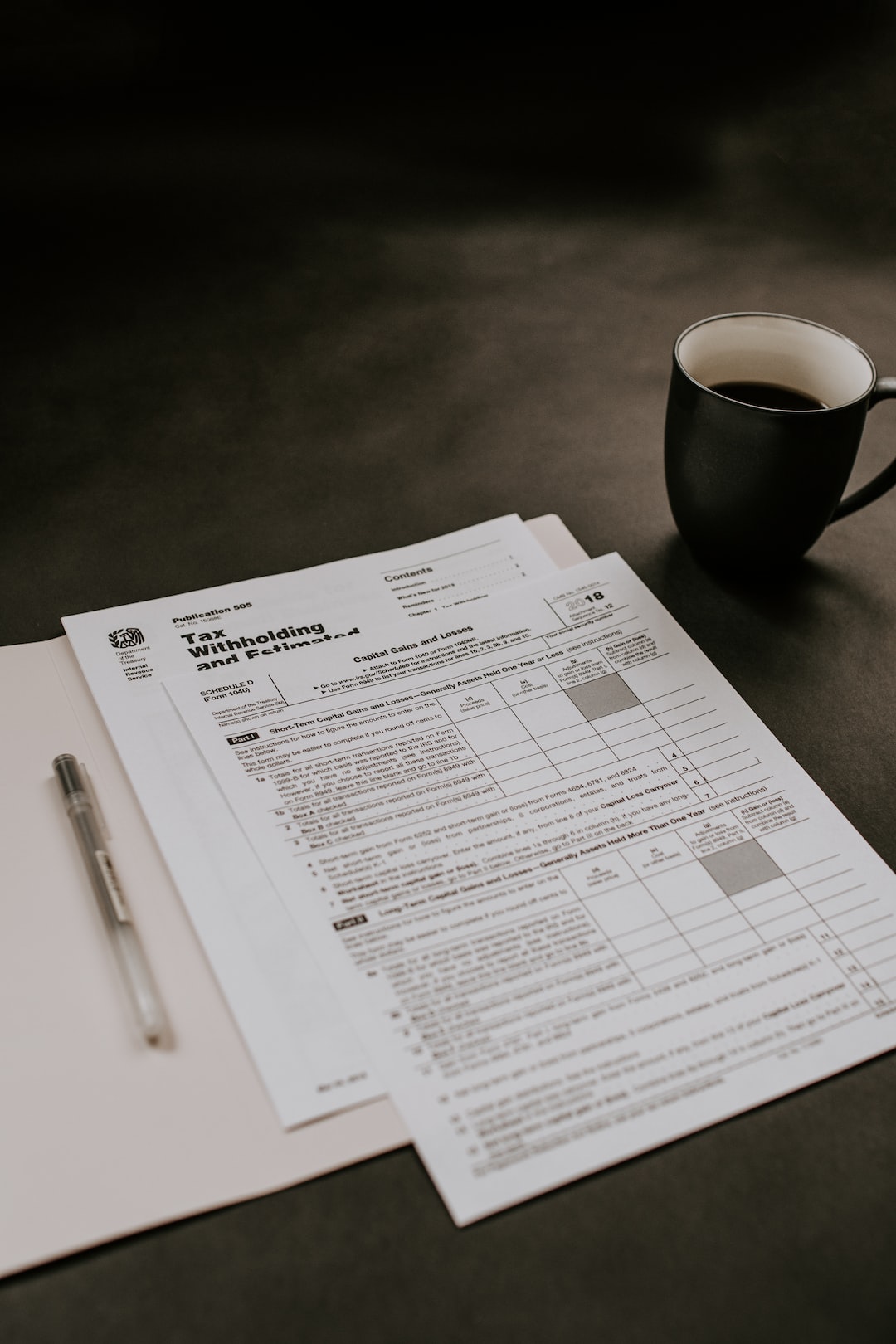Mastering the Basics: A Step-by-Step Guide to Personal Budgeting
In today’s world, where expenses are skyrocketing and debts are becoming increasingly common, it has become more important than ever for individuals to master the art of personal budgeting. However, creating and sticking to a budget can seem daunting and overwhelming. Thankfully, by following a step-by-step approach, anyone can become a master at budgeting and regain control over their finances.
Step 1: Understand Your Income and Expenses
The first step in creating a successful budget is to understand your income and expenses. Start by calculating your monthly net income after taxes. This will be the amount you have available to spend. Next, make a list of all your fixed expenses such as rent or mortgage payments, utilities, insurance, and loan payments. These are typically consistent from month to month. Then, make a list of your variable expenses such as groceries, entertainment, and transportation. These expenses may vary from month to month.
Step 2: Track and Categorize Your Expenses
To gain a better understanding of where your money is going, track your expenses for a month. This can be done by keeping receipts, using personal finance apps, or utilizing spreadsheets. Once you have tracked your expenses, categorize them into essential and non-essential expenses. Essential expenses are those that are necessary for your basic needs such as food, shelter, and healthcare. Non-essential expenses are those that are nice to have but not necessary for survival, such as dining out or buying unnecessary gadgets.
Step 3: Set Financial Goals
After understanding your income and expenses, it’s time to set financial goals. These goals can be short-term or long-term. Short-term goals could include paying off credit card debt or saving up for a vacation, while long-term goals may include saving for retirement or buying a house. Setting achievable financial goals will help you stay motivated and focused on your budgeting journey.
Step 4: Create a Realistic Budget
Once you have a clear picture of your income, expenses, and goals, it’s time to create a realistic budget. Start by allocating a fixed percentage of your income towards fixed expenses, such as housing and utilities. Then, allocate a certain percentage towards variable expenses such as groceries, entertainment, and transportation. Finally, allocate a portion of your income towards savings and debt repayment. Remember to be realistic and adjust your budget as necessary. It’s important not to allocate more money towards expenses than you actually have.
Step 5: Monitor and Review Your Budget Regularly
Creating a budget is not a one-time task; it requires regular monitoring and review. Set aside time each week or month to review your budget and track your progress towards your financial goals. Make adjustments as necessary to ensure you stay on track.
Step 6: Cut Expenses and Optimize Savings
Once you have established your budget, look for opportunities to cut expenses and optimize savings. This could involve finding cheaper alternatives for essential expenses, such as switching to a lower-cost mobile phone plan or negotiating better rates for utilities. Additionally, consider reducing discretionary expenses by cutting down on eating out or entertainment. Every small saving can add up and help you achieve your financial goals faster.
Step 7: Build an Emergency Fund
As you work towards your financial goals, it’s important to have a safety net in place. Start building an emergency fund by setting aside a small portion of your income each month. Aim to have at least three to six months’ worth of expenses saved in case of unexpected events, such as job loss or medical emergencies.
Step 8: Seek Professional Help if Needed
If you find yourself struggling to create or stick to a budget, don’t hesitate to seek professional help. Financial advisors or budgeting apps can provide valuable guidance and tools to ensure your budgeting journey is successful.
In conclusion, mastering the basics of personal budgeting is crucial for anyone looking to take control of their finances. By following a step-by-step approach, understanding your income and expenses, setting financial goals, and creating a realistic budget, you can pave the way towards financial freedom and security. So start today, and don’t let budgeting overwhelm you – take charge of your financial future!
